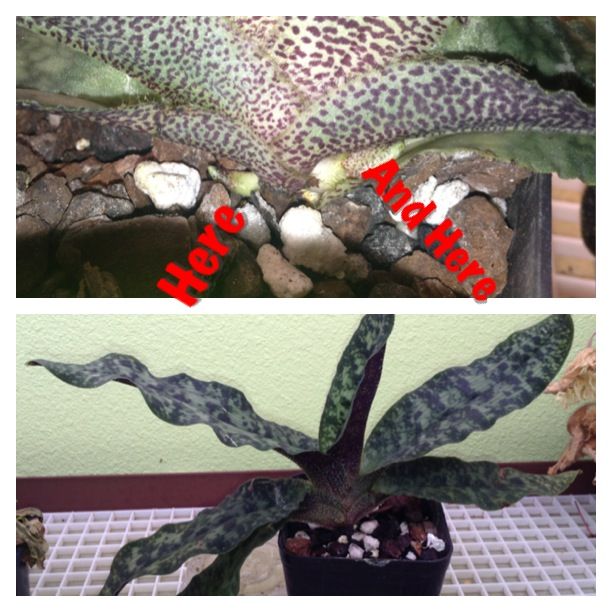I have been growing malipoense for many years. Got my first two malipoense back in 1986, still have one of them. Usually the plants just produce growths as typical of most paphs, new growth stays adjacent the previous. Occasionally, often on the very same plant, it will produce a long stolon, usually not as long as armeniacum, but I am not sure we have seen all the possibilities yet. For what it is worth, anecdotally, which means this is a one off observation, rather than a scientific observation, I seem to get long stolons when the plant is not situated in an ideal growing spot, usually low light, or sometimes a bad potting mix or potted too deep. Low light to my recollection seems the most frequent trigger. Once a plant starts producing the long stolons, it needs to be in more ideal situation for several new grows to get it to settle back down to producing normal new growths. But again, this is not a scientific observation, just what my memory recalls.





